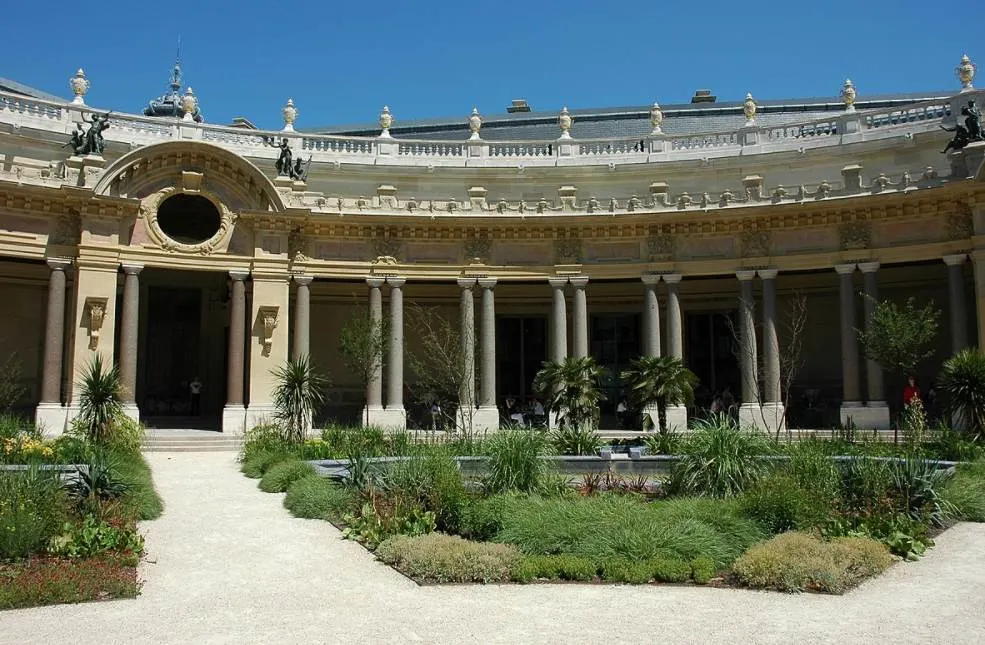What are the odds of finding the Petit Palais (Small Palace) right across a massive structure called the “Grand Palais” (Big Palace) right?
Both buildings in Paris were built for the same purpose in the early 20th century and both are still being used today. This alone is quite remarkable, but there’s a lot more to discover about this museum in the French capital.
Let’s take a closer look at some of the most interesting facts about the Petit Palais, an amazing structure in central Paris that has some amazing stories to tell.
1. It’s located in the 8th arrondissement of Paris
The Petit Palis is located on the Avenue Winston-Churchill in the 8th arrondissement of Paris. This is a section in central Paris that is filled to the brim with incredible landmarks.
Its long façade faces the Grand Palais to its west, a huge exhibition hall and museum complex that resembles one of the 19th-century greenhouses that were constructed all across Europe.
The northern part of the structure borders the Champs Élysées, the most popular avenue in Paris, and the most famous square in Paris, the Place de la Concorde, is located just east of it.
The icing on the cake is located just south of the building as here you can cross the Pont Alexandre III, arguably the most beautiful bridge in Paris which provides access to the 7th arrondissement and the area of Les Invalides and the Eiffel Tower.

2. The building was constructed for a special event in 1900
Paris is one of the most amazing cities in the world and has hosted the World Fair numerous times. The Eiffel Tower, which was constructed for the same even in 1889, is the most famous of all landmarks that survived the event, but there are plenty more.
Both the Grand Palais and the Petit Palais, as well as the Pont Alexandre III, were constructed to serve as one of the venues of the World Fair of 1900, an event referred to as the “Exposition Universelle.”

It took place between April 14 and November 12 of that year at the start of the 20th century and attracted over 48 million visitors from all around the world.
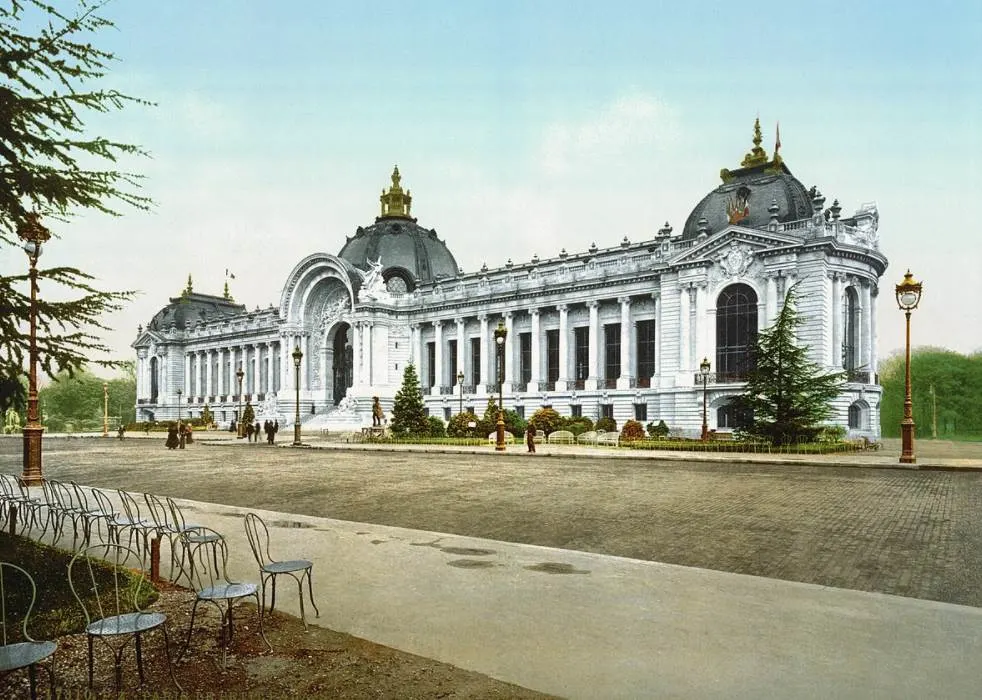
3. It was completed in less than 3 years to replace an older buiding
Both the Petit Palais and the Grand Palais were constructed on a site that was once the home of an equally impressive building called the Palais de l’Industrie.
This immense structure was squeezed in between the Seine and the Champs Élysées and was constructed especially for the Paris World Fair in 1855. This was one of several buildings with the same name on this site, the first being constructed here in 1839.
The Palais de l’Industrie was demolished in 1897 because it was deemed unsuitable for the event at the turn of the century. The construction of the new buildings
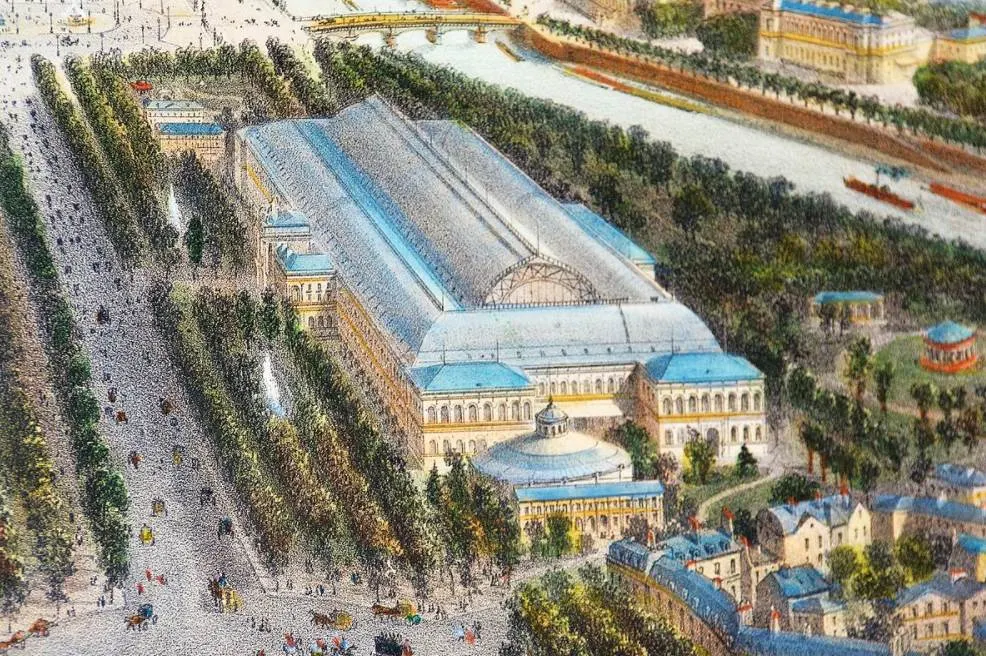
4. It features the most popular architectural style of the Belle Époque
An architectural competition was held in 1894 to find a suiting design for the new buildings. This competition was won by Charles-Louis Girault (1851-1932), a man who had won the prestigious Grand Prix de Rome in 1880.
Girault designed the Petit Palais and also had a stake in the nearby Grand Palais. Apart from these monumental buildings, he also designed several famous buildings in Belgium that were commissioned by King Leopold II.
Some of these include the Royal Galleries of Ostend (1902-1906) and the Arcade du Cinquantenaire (which features the Arch of the Conquantenaire) in Brussels.
The Petit Palais was designed in the Beaux-Arts architectural style, the official style of the École des Beaux-Arts in Paris where he had studied.

5. The building is one of the 14 museums of the City of Paris today
The Petit Palais was one of the many structures that were built for the Exposition Universelle in 1900 and served as an exhibition hall during this event.
Today, the building has been transformed into a permanent museum and is one of the 14 museums of the city of Paris. These are managed by a public corporation called the “Paris Musées” which was established in 2013.
Although it’s not the most popular museum in Paris, it’s still worth visiting as it houses a wide range of paintings, sculptures, and other artifacts from all around the world.
The design of the museum is pretty straightforward as it features a rotunda in the center and two parallel series of rooms. The highlight of the collection is a collection of 19th-century paintings by the likes of Delacroix, Courbet, and Monet, to name just a few.
Official website: Petit Palais

More interesting facts about the Petit Palais in Paris
6. The Exposition Universelle for which the building was constructed was a huge event. It was held together with the 1900 Summer Olympics, the second modern-day Olympics and the first to be held outside of Greece.
It was also a period that motion pictures were first introduced to the public by the Lumière brothers. They had set up a big screen for this measuring 21 x 16 meters (69 x 52 feet). Yes, this was the Belle Époque at its finest hour!
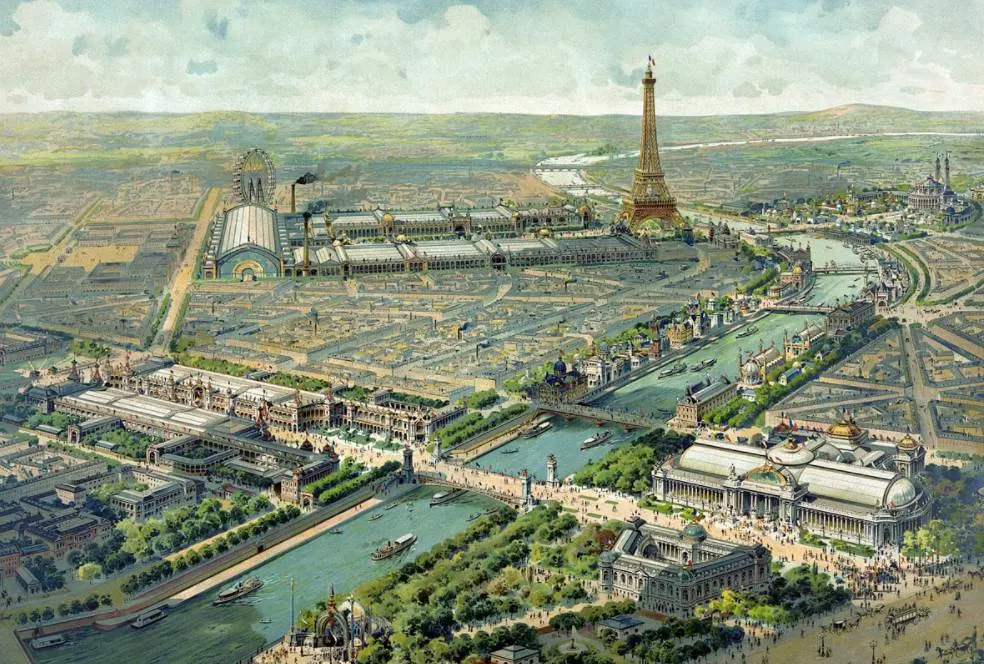
7. The version of the Palais de l’Industrie that once stood here and that was completed in 1855 was one of the main structures of the Paris World Fair in that year.
It was commissioned by Emperor Napoleon III himself and the idea was to make it more impressive than the Crystal Palace in London, one of the main venues of the Great Exhibition of 1851.
8. The building was designed in such a way that it resembles the design of Les Invalides across the Seine River. This is especially reflected in the Ionic columns, the porch, and the dome of the building.
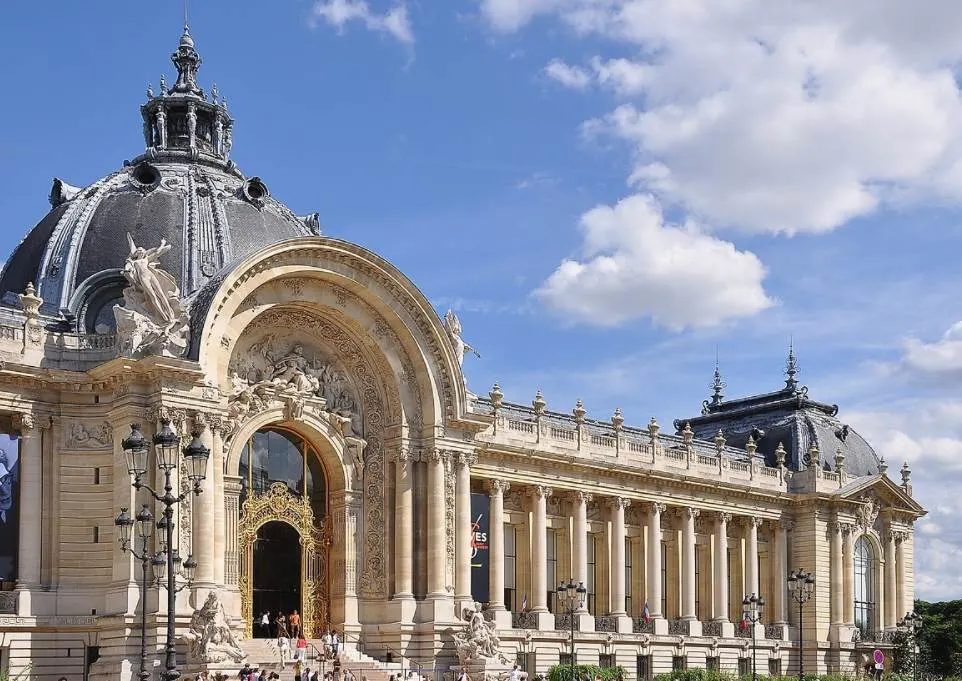
9. One of the visitors of the event in 1900 was King Leopold II of Belgium. It’s believed that he was so impressed with the design of the Petit Palais that it’s the main reason why he commissioned multiple buildings from Charles Girault.
The most prominent example of a building featuring the same design is the Royal Museum for Central Africa in the town of Tervuren in Belgium.

10. It’s impossible to notice from the street but the building features an enclosed courtyard in the center. This semi-circle courtyard is symmetrical in design and richly decorated, typical elements of the Beaux-Arts architectural style.
The entire courtyard is encircled with columns made of pink Vosges granite and feature gilt-bronze decorations, a remarkable sight to behold.
